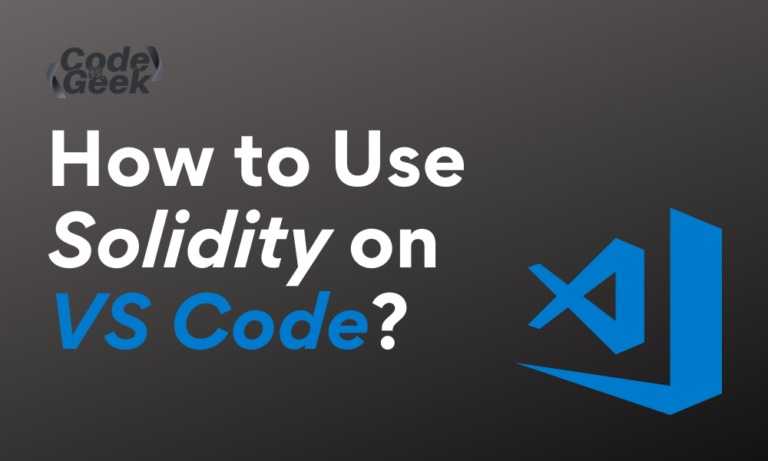So today we are talking about something exciting! Yep, you guessed it, understanding cryptocurrency blockchain from a bird’s eye view in 2021!
In this article, I will introduce you to a few blockchain and FinTech associated concepts and other pieces of knowledge related to blockchain to help you better understand cryptocurrency blockchain.
So, let’s get started!
What is Cryptocurrency Blockchain all About?
A blockchain is a concept that has its origin in Fintech. A cryptocurrency blockchain basically refers to an open, digital, and repeated ledger of transactions. Every new transaction that occurs, every bit of its details is recorded and stored in a secured and encrypted way, which makes it complex and painful to change or modify.
Then, a copy of this stored data is across the blockchain network making it highly secure.
Okay, so What’s a Cryptocurrency?
When explained to a man with no technical background, a cryptocurrency is simply a digitally secured currency used in modern trade. Cryptocurrencies are secured by a cryptographic hash, which has played a major role in securing cryptocurrencies.
This level of security makes sure only genuine transactions are recorded and committed. Most cryptocurrencies that are out there in the market, are based on a decentralized principle that uses blockchain technology.
Cryptographic Hash

As per an explanation on Wikipedia, a cryptographic hash function, also called CHF, refers to a mathematical algorithm that maps data of arbitrary (or random) size, called the “message”, to a bit array of a fixed size called the “hash value”, “hash”, or “message digest”.
It is referred to as a one-way function, meaning a function that is nearly infeasible to invert or reverse the computation. The only ideal way to find a message that produces a given hash is by attempting a brute-force search of possible inputs and check if they produce a match, which is extremely time-consuming. Hackers also use a rainbow table of matched hashes.
Cryptographic hash functions are a basic tool and immensely important in modern cryptography, especially cryptocurrency blockchain.
The main properties of an ideal cryptographic hash function can be as follows:
- Deterministic – the same message always spits out the same hash
- Quick – computes quickly, the hash value for any given message
- Infeasible to Regenerate Message – it is difficult to reverse the process that originally generated a message that resulted in a given hash value
- Infeasible to find different message with the same hash values
- Even a minor change to a message should change the hash value so expansively that the new hash value seems totally unrelated or matching with the old hash value
A Brief Note on Decentralization
Generally, the data stored in databases are centralized, meaning all of your stored data lives under one roof that is easy to access, operate and manage. It is all based on one server. However, with this pile of convenience comes a great deal of risk resulting from failures in the system.
Decentralization allows data to be stored everywhere across the blockchain, making it faster and highly secure and unquestionably the better way of data storage.
Blockchain lets us store information in numerous locations. Thus, making it difficult to tamper. In this technology, whenever a new block is created into the blockchain, a copy of the information is sent to all computers.
In this case, when data is attempted to tamper with the cryptocurrency blockchain, all computers in the network are required to agree with the change(s) yet to be made, for it to take place.
What are Decentralized Apps (dApps)?
According to Investopedia, decentralized applications or dApps are said to be digital applications or programs that live and run on a blockchain or a P2P network of computers and not on a single computer.
They are outside the horizon and control of a single authority and emit all middlemen, which refers to making them decentralized.
The Top 10 Cryptocurrencies other than Bitcoin
Bitcoin has always been the trendsetter and the de facto standard for the cryptocurrency market. However, there has been an immense growth of a legion of its followers in the cryptocurrency blockchain market. Below is the ultimate list:
- Ethereum ETH
- Litecoin LTC
- Cardano ADA
- Polkadot DOT
- Bitcoin Cash BCH
- Stellar XLM
- Binance Coin BNB
- Chainlink
- Tether USDT
- Monero XMR
Let us now look at a quick list of the top 10 cryptocurrency exchanges.
The Top 5 Cryptocurrency Exchanges
Here’s a list of the top 5 cryptocurrency exchanges based on their traffic, liquidity, volumes of trade reported by CoinMarketCap.
- Binance
- Coinbase Exchange
- Huobi Global
- Kraken
- FTX
Conclusion
Today we are talking about something exciting! Yep, you guessed it, understanding cryptocurrency blockchain from a bird’s eye view in 2021! I have introduced you to a few blockchain and FinTech associated concepts, and a lot more.
Read More: 5 Ebooks to Learn BlockChain (Devs Edition)
Happy reading!
Noteworthy References
- Cryptographic Hash – Wikipedia
- Building a Cryptocurrency Blockchain – Section.io
- DAPPs – Investopedia
- Other Cryptocurrencies other than Bitcoin – Investopedia
- Top Exchanges – CoinMarketCap





